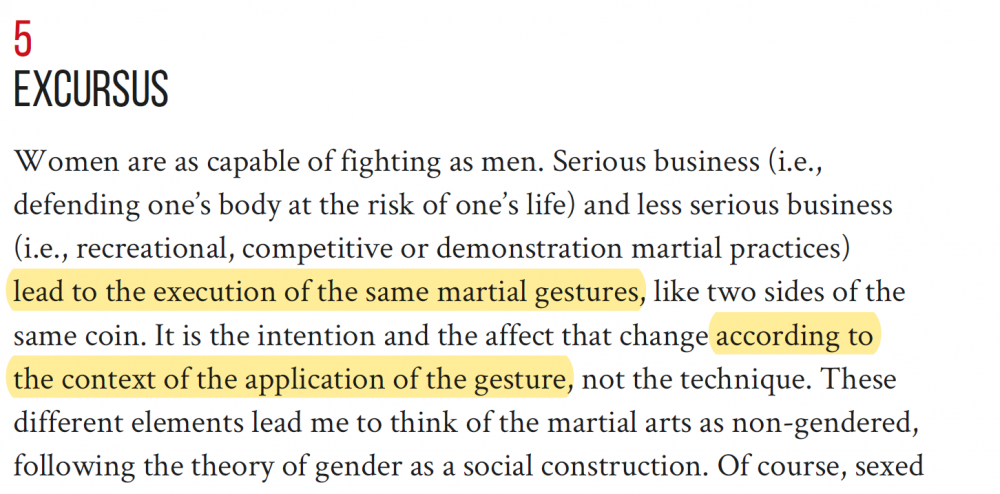Leaderboard
Popular Content
Showing content with the highest reputation on 11/27/2021 in all areas
-
It was just announced that, starting January 8th of next year, Lumpinee will start promoting an afternoon show that is only children. There will be 4 bouts per card, starting at 1:30 PM. Children have been permitted to fight at Lumpinee for a long time, but there has always been a weight limit (and ostensibly an age limit, but I'm not sure what that was; the weight limit kind of takes care of the age limit at the same time) of 100 lbs. As it's been told to me by Legends and older fighters who entered Lumpinee at that 100 lbs minimum, it's a bit of a forgiving line and fighters sometimes had to eat and drink in order to try to hit 100 lbs, rather than anyone dropping down to it. This new show is lowering the weight limit to 80 lbs, which will allow younger fighters or will at least acknowledge what weight some of those fighters are actually at when they come to the stadium. The intention of the show is to give access and opportunity to dao rung or "rising stars" as they are called in Thai. It's unclear from the announcement who will be the promoter for this particular program, but it's in line with something that Sia Boat of Petchyindee had initiated and invested in for his own promotions prior to the most recent shutdowns from Covid. It is unlikely that this will include girls; but we'll see. Of note is that the graphic used for this announcement are two young fighters Jojo (red) and Yodpetaek (blue), two top young fighters are 12 and 13 years old, who recently fought to a draw on a high profile fight. Neither of these two fighters meet the weight requirement at 80 lbs. For the latest Thailand Muay Thai News Updates check out our Muay Thai Bones Newsletter1 point
-
Seeing the Ungendered Body As Lines of Force quoting to begin... The above are the concluding thoughts of the excellent short article: Fight like a girl! An investigation into female martial practices in European Fight Books from the 14th to the 20th century by Daniel Jaquet. It presents in brief the basis of a coherent argument that though there are physiological differences between the sexes, distributed over a population, martial arts are about developing the advantages you can have that overcome any physical differences that might weigh against you. I present this argument about Muay Thai and women more at length in: The “Natural” Inferiority of Women and The Art of Muay Thai. Just as shorter fighters can fight (and beat) taller fighters, smaller fighters can beat heavier fighters and slower fighters can beat faster fighters, whatever projected or real physiological differences between women and men there may be, they can be overcome. That is the entire point of a fighting art, especially any art stemming from combat contexts. Interestingly enough, Daniel Jaquet actually points to modern "institutional competition" as over-informing the way we think about the capacities of a fighting female. We think in terms of classified differences (weight classes, and even rulesets, etc), and one of these classifications is simply gender. Fight Like a Girl.pdf The article documents a conspicuous absence of women regarded as (possibly) equal combatants for nearly 700 years in combat literature, as gender became more codified in the European tradition. Jaquet marks a foothold in the timeline with this sword and shield technical manual in 1305 (Liber de arte dimicatoria), one of the last documentations of an assumed and illustrated gendered equivalence, at least for purposes of instruction. There is a great deal to think about in this topic at large, but here I'm most interested in the effects modernization, or rationalization of a fighting art can lead to ideas of gender equality, under fighting arts. And some of the ways modernization can push against it was well. Jaquet's finishing remarks (above) speak to this basic, rationalizing idea. Bodies are all different, they are all capable of differing physical actions, amounts of force being applied, speed of reaction times, etc. It follows, just as physical weaponry like swords or shields are force amplifiers, so too are the analogical "weapons and shields" (techniques) when practiced in a fighting art. If you know how to throw (or slip) a punch, you are within a force amplifier. The rationalization of fighting arts is a modernizing concept of extracting aspects of a traditional process of embodied knowledge practice, and classifying it, for pedagogic reasons, analysis, or commercial use. Seeing gendered bodies as force equations is rationalization. If you follow my writings you know that I have a great deal of hesitance regarding the eroding forces involved in the rationalization of fighting arts, both in terms of teaching and commercial performance (we can lose valuable and hidden habitus as we re-contextualize practices), but this does not mean that I wholesale resist rationalization/modernization. Instead it can act as a scissor, weaving and unweaving as it goes. As Jaquet points out, modernization itself also brings forth conventions which can regard important, liberating rationalizations of a fighting art. How Rationalized Jui-jitsu Changed the Early 20th Century Fight World What I'm really interested in is something that Jaquet does not pursue, and it's something that I have only touched on in my reading. What follows therefore is going to be only a broad sketch of intuitions that would be interesting areas of study. I was particularly struck by this 1905 photo included in his article: And the note tells us, this is the Duchess of Bedford training in Jiu-jitsu in England. I have not dug deeply into the history of Jiu-jitsu's immigration to England through Japanese masters, as well as other countries all over the world, but I assume this is part of a powerful rationalization impulse found in Japanese martial arts, much of it typified by Kanō Jigorō and his invention of Judo. Influenced by Western ideas of rational education and theories of utilitarianism Kano had the dream of modernizing traditional Jiu-jitsu along educational and health lines, and spreading this modernized version all over the world, eventually making it an Olympic sport. Judo and other forms of modern-leaning Jiu-jitsu spread internationally at this time, and the Duchess of Bedford's Jiu-jitsu no doubt was a part of this diaspora of the fighting art. Famously, it reached all the way down to Brazil, eventually becoming today's Brazilian Jiu-jitsu, but at this time it it also reached Siam (Thailand). King Vajiravudh of Siam (reign 1910-1925) was actually raised and educated in England in his youth and young adulthood, for nearly a decade before taking the throne. He brought with him not only an appreciation for British Boxing (which would deeply shape the development of Siam's Muay Thai), but also, one might expect, Judo/Jiu-jitsu which had growing presence in Britain. In 1907, two years after the photo of Mary Russell the Japanese community in Bangkok is recorded as teaching Jui-jitsu, in 1912 Prince Wabulya returns from study abroad in London having learned Judo, and teaches it to enthusiasts and in 1919 Judo is taught at the very important Suan Kulap College, along side British Boxing and the newly named "Muay Thai". It is enough to say that the modernization of Muay Boran into Muay Thai in the 1920s, in the image of Western Boxing (at the time Siam is making efforts to appear civilized in the eyes of the West), was part of an even larger, in fact world wide rationalization effort lead by Judo/Jui-jitsu. When we see this photo of Mary Russell in England, this is part of the one-and-the-same British movements of influence that created modern Muay Thai over the next decades (gloved, weight class, fixed stadium, rounds). Rationalization is happening. Notably, this unfolds it is in the context of King Chulalonkorn's previous religious reformation of Siam which would have lasting impact on the seats of Siam's Muay Thai, moving it away from temple teachings and magical practices. Siam is becoming a modern Nation, and the reformation of Buddhism (along with Muay Thai) is a significant part of that process: from The Modernization of Muay Thai – A Timeline Returning to the rationalizing efforts of British Jui-jitsu which will almost necessarily un-moor rooted gender bias, with even political consequences. As Jaquet writes, the medical/physical perspective of empowerment and health ended up expressing itself in the Suffragettes Self-Defense Club, to aid in physical confrontations with police: purportedly, the first photographically documented female fight in Siam (1929) image here Women would be granted the right to vote in Thailand in 1932 (the first of Asia's countries, not far behind the UK's 1918. But, this rationalizing equality would not progress. In fact Siam/Thailand over the next decades would become busy "civilizing" itself in the eyes of the West by importing the strong Victorian-inspired views of powerful visual differences between genders. Modes of dress, differentiating the sexes, were even at one point legally mandated by the government in the 1940s. What we today read as quintessentially "Thai" traditional attitudes towards the differences between the sexes though complex is actually, perhaps best explained as a Western value and practice importation during the first half of the 20th century. The visual differentiation of the sexes in dress: Thai cultural mandate #10 (1941): Polite international-style attire Civilizing the Savage and Savagizing the Civil What I'm interested in is the connection between the early 20th century rationalization/modernization of Jui-Juitsu in Britain, and today's rationalization-modernization of Muay Thai in Thailand. The schism between Thailand and Britain in terms of gender, under the guise of "civilization" recently and long last was symbolically bridged when women were finally integrated into Lumpinee Stadium promotion: The First Female Fight In Lumpinee Stadium Breaking the Prohibition. Note: the strong division between the genders of the late 1930s and 1940s in the "international-style" of work and dress is also in the context of the construction of Rajadamnern Stadium (1945) and Lumpinee Stadium (1956) under Thai fascism and Field Marshal Plaek Phibunsongkhram (Prime Minister 1938-1944 and 1948-1957). It is unknown what gendered Muay Thai practices may have developed without this heritage of an imitation of the West. As an contemporary outsider we tend to assume these "traditional" gendered differences as purely and essentially "Thai" and not a product of Western example or influence. Seeing these two photos, well over 100 years apart, in relationship to each other under the view of Internationalized Rationalization of fighting arts is fecund to examination. There is no clean line that leads between rationalization of the art and sport and the equality of the genders. Importantly, and not without irony, when King Vajiravudh modernized Muay Boran in imitation of British Boxing he was attempting to purge Siam and its fighting art of the impression of savageness. Contestants did die in the Kard Chuek ring (probably rarely) with rope-bound hands, but more importantly the use of feet and elbows of Siamese fighting was seen as primitive by British report. Codifying Muay Thai in the 1920s was no simple desire to just imitate the West as superior, as the West used the motive of civilizing "primitive" people to justify the colonization of peoples, including all the countries in Siam's orbit. No doubt King Vajiravudh had adopted many British aesthetics during his decade in British schooling, but there also something prophylactic to the transformation of Muay Thai before the eyes in the West. Now though, with some irony, Thailand is bending its fighting art to the Internationalist tastes of greater violence, more aggression, as part of a vision that is pushing it to join what might be seen as a globalized Combat Sports Industrial Complex, battling for eyeballs. And, as I say ironically enough, with this comes the rising commercial viability of women seen as equals. As Lumpinee Stadium seeks to Internationalize itself it brings in women, and also it brings in the "savagery" for which Siam's fighting was (politically and colonially) stigmatized over 100 years ago, as MMA comes to its storied name. The "Be more civilized!" and "Distinguish the genders!" that was once demanded by the colonizing West has become "Be more violent!" and "Equalize the genders!" by the globalizing West...a globalization that is actually now an Internationalist vision. What is missing from this story perhaps is the equivalence of Britain's Suffragettes Self-Defense Club, which is to say the way in which equality under a martial arts rationalization is connected to a broader political fight for women's equalities. From my view I suspect that the growing importance of respected female fighting in combat sports is an expression of the increased social and economic capital women have come to have in a globalized world. Women as having real and imagined physical prowess in the traditionally male-coded ring (and cage) symbolically manifests actual changes in female powers in society. Women in rings has grown out of the Suffragettes Self-Defense Club, not now equalizing themselves with embodied knowledge in the streets against police, but rather signifying their political and socio-economic heft to a globalized world. Yet, as all things bend back, the commercialized capture of symbolized female power in the ring is part of its re-domestication, as women's bodies become sites of judgement and eroticized re-packaging, problemizing any overriding narrative of liberty. As women are called to the ring under the auspices of aggression-first promotional fight theater in the double-bind navigation of globalized freedoms, the role of rationalization remains circumspect. Rationalization can and does lead to the re-codification of the genders, as we see with the conventions of institutional competition, as well as within the commodification of the female person and body by combat sport entertainment, yet it also holds the power to un-moor entrenched sexism and bias which work to restrict the possibilities of women as fighter who stands as proxy to the power of women in general.1 point
Footer title
This content can be configured within your theme settings in your ACP. You can add any HTML including images, paragraphs and lists.
Footer title
This content can be configured within your theme settings in your ACP. You can add any HTML including images, paragraphs and lists.
Footer title
This content can be configured within your theme settings in your ACP. You can add any HTML including images, paragraphs and lists.

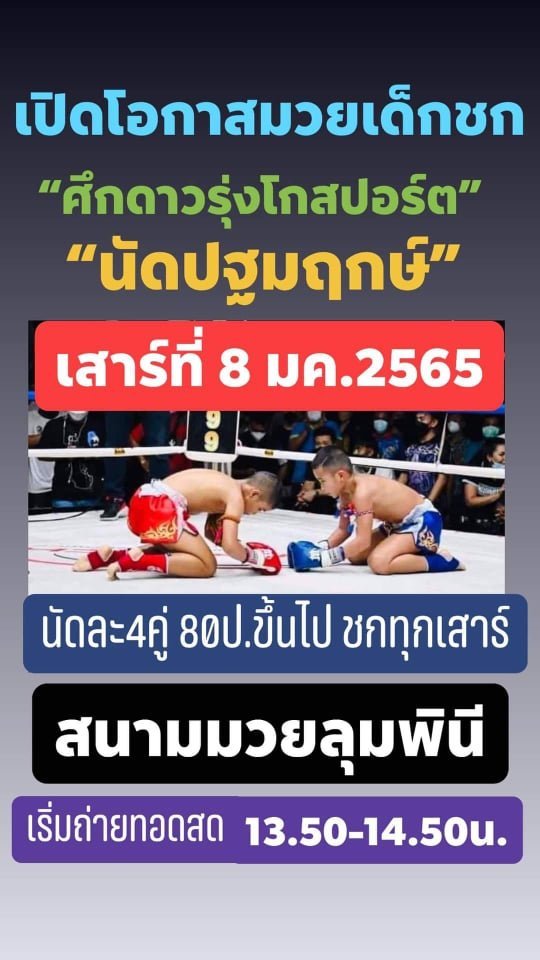
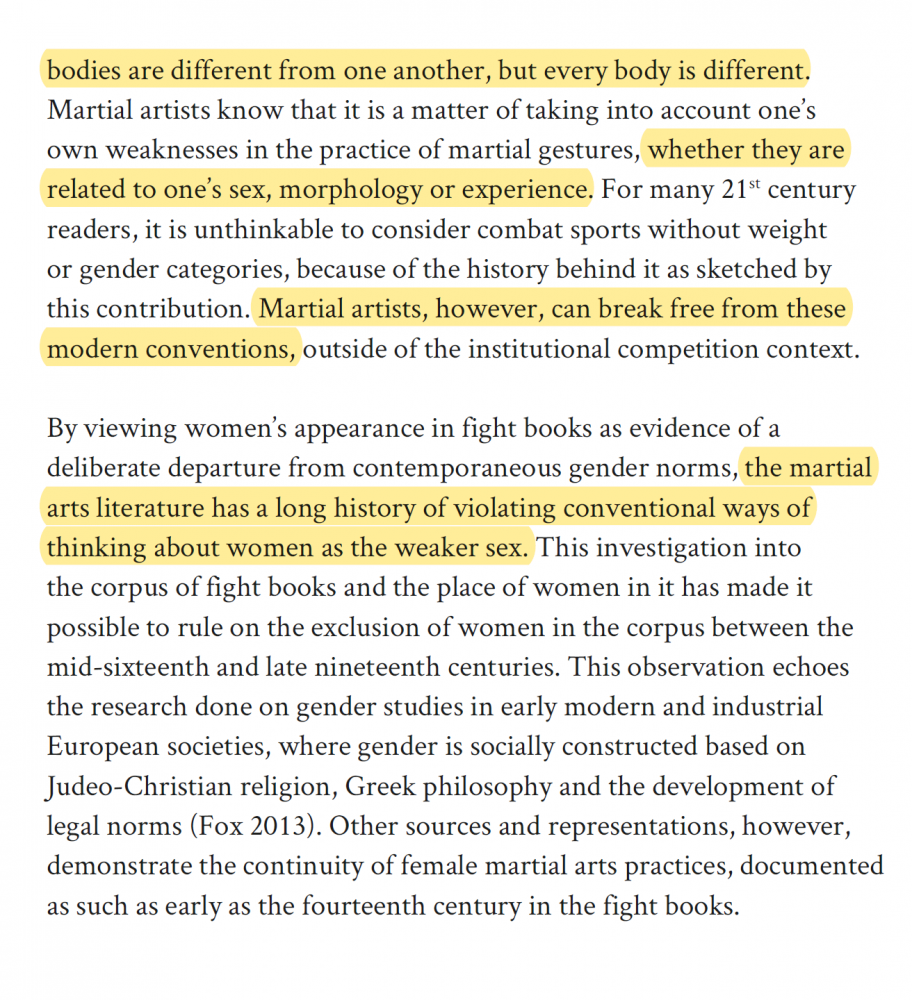

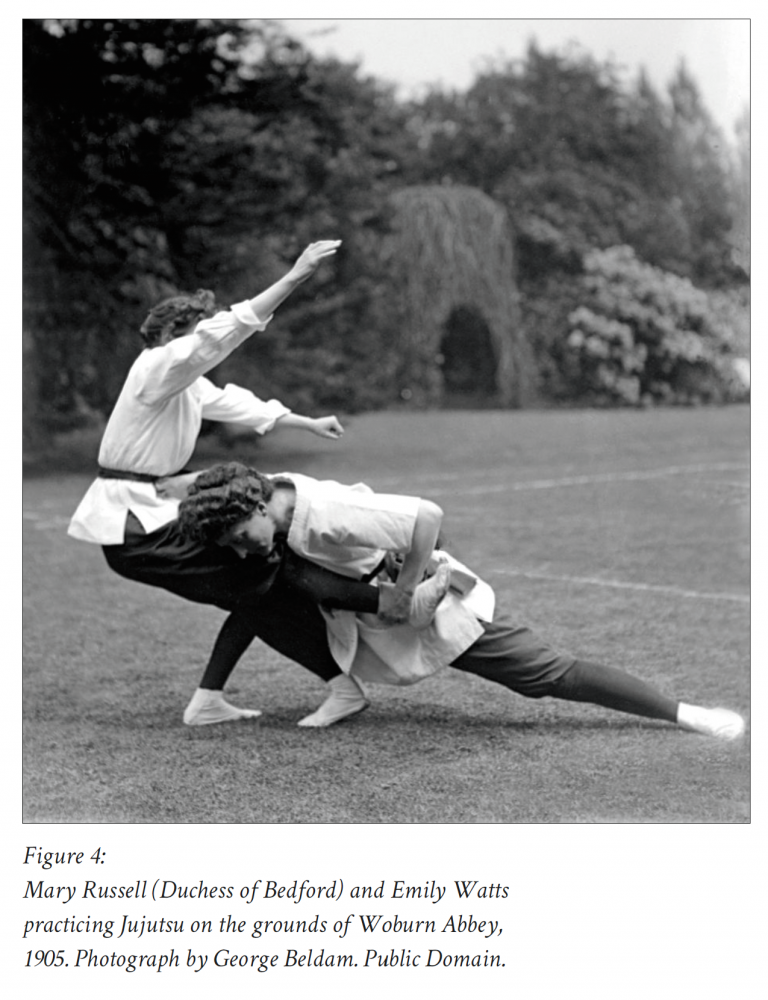
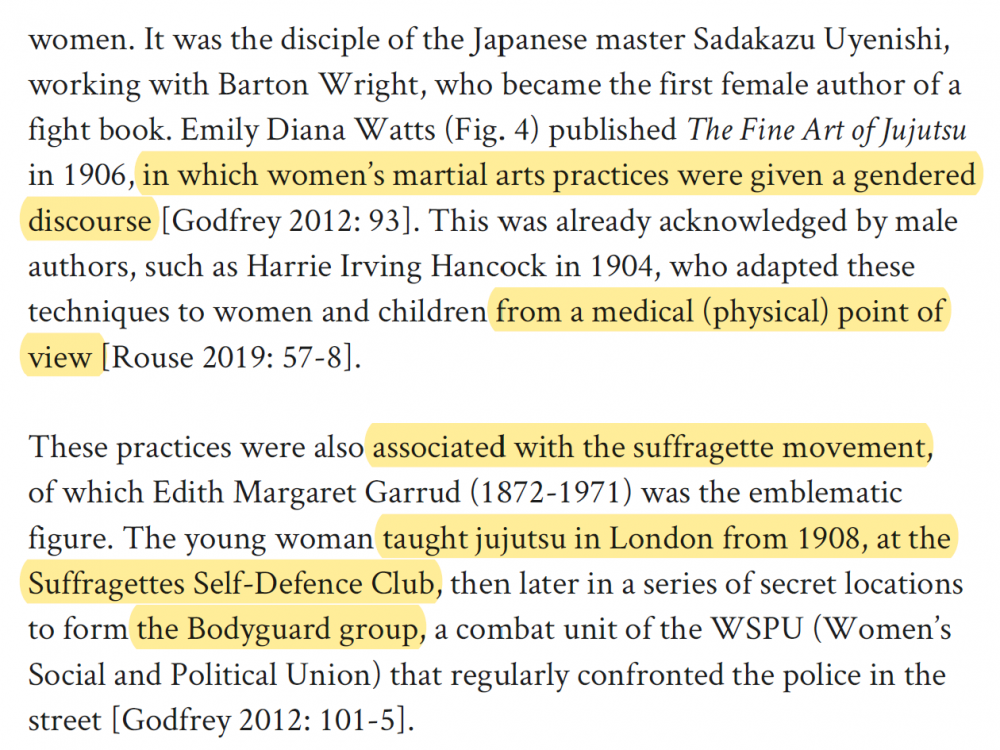
.thumb.jpg.5b2661c6373af5cb48784182cb59c38f.jpg)
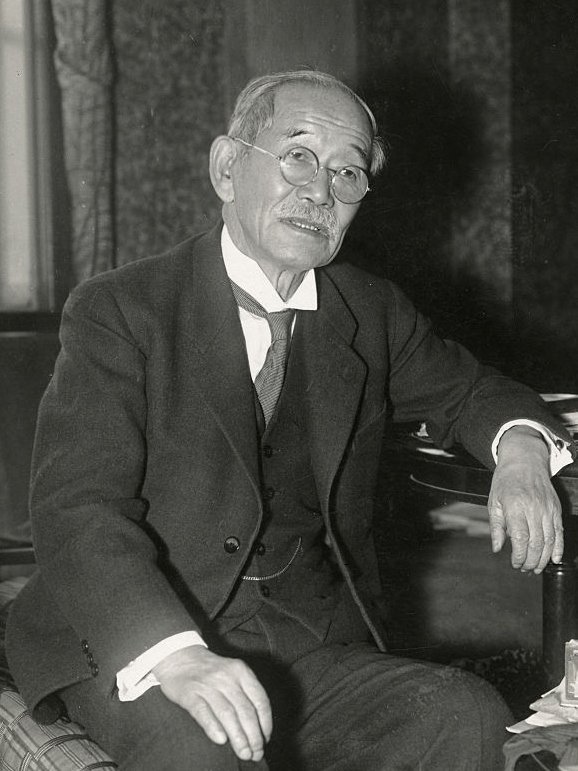
.thumb.jpg.3f2071842e33ba527b904a46d08f5366.jpg)
